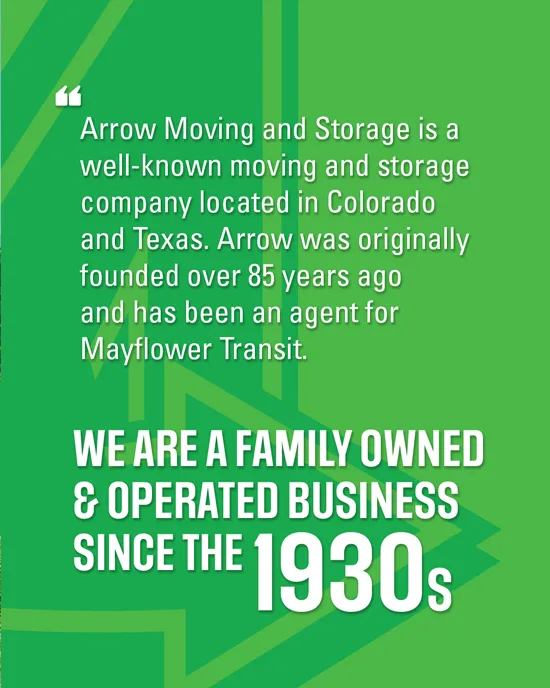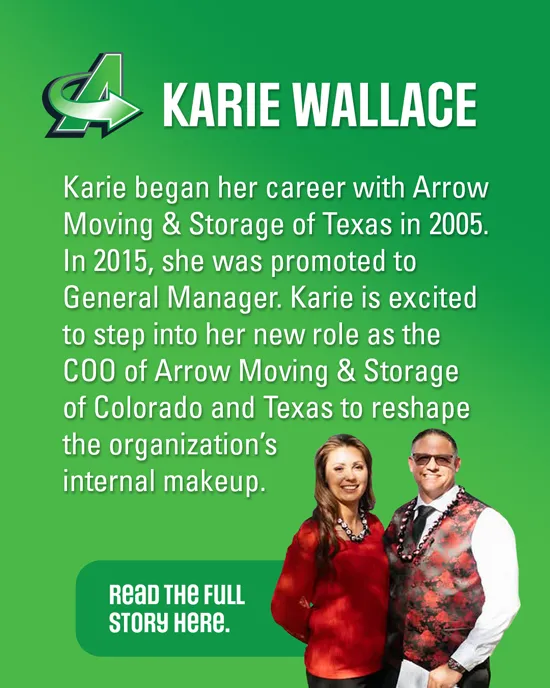Are you ready to pack up and head cross country? While creating a life in a new place is undoubtedly exciting, we all know that the moving process is a challenge.
There are ways to make it easier for you. Let’s look into how to make your cross country move a trip to remember — in a good way.
Minimize as Much as Possible
If you’ve been in your current place for a while, you won’t realize how much you’ve accumulated until it’s time to gather it all up and pack it away.
Rather than pack up items you haven’t used in years, you’ll want to sort through it and determine what’s trash and what you can donate or sell. Some charities will come to your home to pick up your large items. Online marketplaces like Craigslist and Letgo also help simplify the selling of your unwanted items.
To make your life easier, start this process long before you intend to begin packing. This will prevent you from packing unnecessary items just for the sake of cramming it into boxes.
Take Inventory of Items You Need to Keep Close
If you’re moving cross country and planning on driving rather than flying, you’re going to need a few essential items to make your trip more comfortable. We suggest keeping items like toiletries, towels, cleaning supplies, bedding, and any other items you use daily.
This ensures that once you arrive, you have all your necessities on hand, so you can start getting acclimated to your new space.
Start Packing Early
You’ll want to pack earlier than you think necessary. The most commonly recommended timeframe to start packing is within three weeks of your moving date. However, you may want to start even earlier.
Time tends to fly once you’re preparing for a long-distance move — particularly when you’re uprooting your life. Last-minute gatherings with friends and wrapping up any work requirements could leave you with even less time than you anticipated to pack.
Once you have your moving date in mind, gather your boxes a few months before and start purging and packing. This will relieve the stress and allow you to pack the right way, rather than throw things into boxes in a frantic rush.
Hire Full-Service Professional Movers
Perhaps the easiest way to move is to hire a professional to handle the process for you. A licensed company can handle everything from packing to all the heavy lifting and unpacking in your new place. Some can also provide storage options if you need them.
This enables you to focus on getting acclimated to your new surroundings and gives you time to focus on the fun stuff — like furniture shopping or determining the color palette for your new home.
Move Cross Country With Ease
Now that you know how to simplify your cross country move, you may be looking forward to it. Keep these tips in mind. They will make the process easier so that you can focus on settling into your new place.
We can help. We simplify the journey so that you can focus on the destination. Get in touch with us to learn about our moving and storage solutions.





